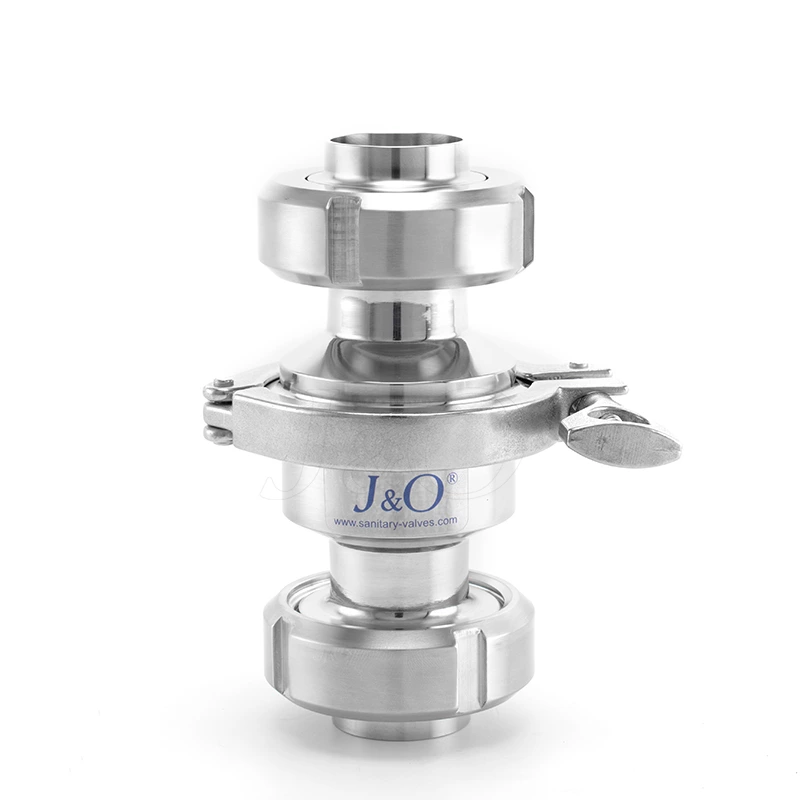Sanitary Check Valve Installation Requirements
1. Installation Direction
- Sanitary Check Valve have arrows indicating the direction of flow, much like road signs. They must be installed in this direction strictly. If installed in the wrong direction, like a car driving against the flow on a one-way street, the check valve will not function properly. Different types of check valves may have slightly different installation orientation requirements, but the general principle is to ensure that the flow pushes the valve disc open and close in the designed direction.
2. Installation Location
- Check valves should be installed in a location that is easily accessible for operation and maintenance, just like appliances in your home should be easily accessible and maintainable. Generally speaking, check valves should be installed in appropriate locations within the piping system to avoid impact and pressure. Installing a check valve in a corner where it's frequently bumped, like placing a fragile vase where it's easily touched by traffic, can easily damage the check valve and affect its proper function.
3. Interaction with Other Equipment
- Check valves often function in conjunction with other equipment within a piping system. For example, installing a check valve at the outlet of a water pump prevents water from flowing back into the pump. At this point, the check valve and the pump are like a pair of partners, requiring coordinated effort. The installation location and specifications of the check valve should be determined based on the pump's flow rate, head, and other parameters. Mismatched performance is like two dancers working in sync, impacting the overall system's efficiency.
4. Pre-Installation Inspection
- Before installing a check valve, it's essential to inspect it. Just like checking for damage after buying a new dress, you should first check for any defects. Check the check valve for external defects, disc flexibility, and seal integrity. Installing without inspection is like heading into battle with potential risks, potentially leading to problems during operation.
5. Support and Fixing
- Check valves require adequate support and fixing during installation. This is especially true for large check valves, much like building a house requires a solid foundation. If the check valve isn't securely installed, the impact of the flowing medium could cause it to wobble or shift, much like an unanchored ship drifting at sea. This can lead to leaks at the joints and compromise the stability of the entire piping system.
